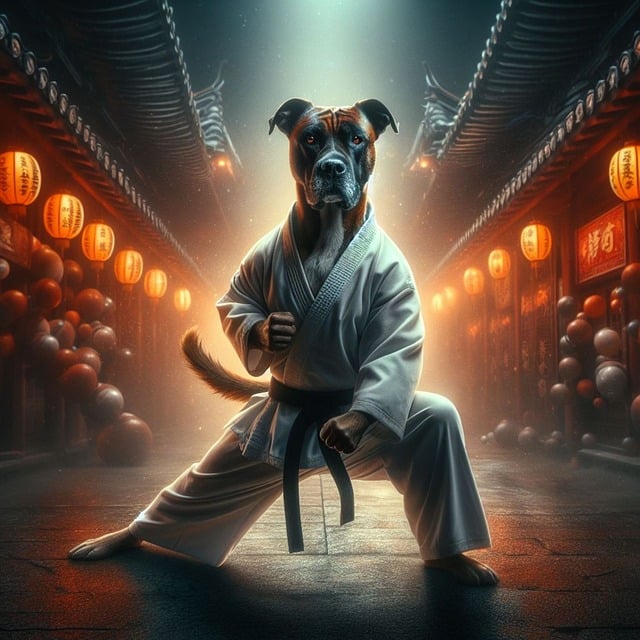A karate outfit, often referred to as a Gi, is an essential garment for practitioners of the martial art. Typically made of cotton or hemp blend fabric, it consists of a jacket, trousers, and belt indicating the wearer's rank. The Gi allows for ease of movement while providing durability for the rigorous techniques practiced in karate. It is designed to be both comfortable and functional, catering to the needs of athletes during training and competition. Whether you're a beginner or an advanced practitioner, the right Gi is crucial for your performance and respectful to the discipline of karate.
Discover the essentials of martial arts attire with our exploration of the karate outfit known as the “keikogi.” This article delves into the significance and characteristics of this traditional garb, offering insights into its role in practice and competition within the realm of karate. Whether you’re a seasoned practitioner or a curious newcomer, understanding the keikogi is key to appreciating the discipline and tradition that underpin the art of karate. Join us as we highlight the importance of this foundational element of martial arts wear.
In wrapping up our exploration of martial arts attire, it’s clear that the karate suit one dons is far more than a mere uniform; it represents tradition, discipline, and respect for the practice. Known as a “gi” or “keikogi” in Japanese, this garment is essential to the karate experience, signifying the wearer’s commitment to the art. Whether referred to as a do-gi in judo or a keikogi in kata, the purpose of this garb remains the same: to facilitate movement and learning while honoring the rich history of karate. For those interested in the martial art, understanding the significance of the karate outfit called is key to appreciating the depth of the discipline.
